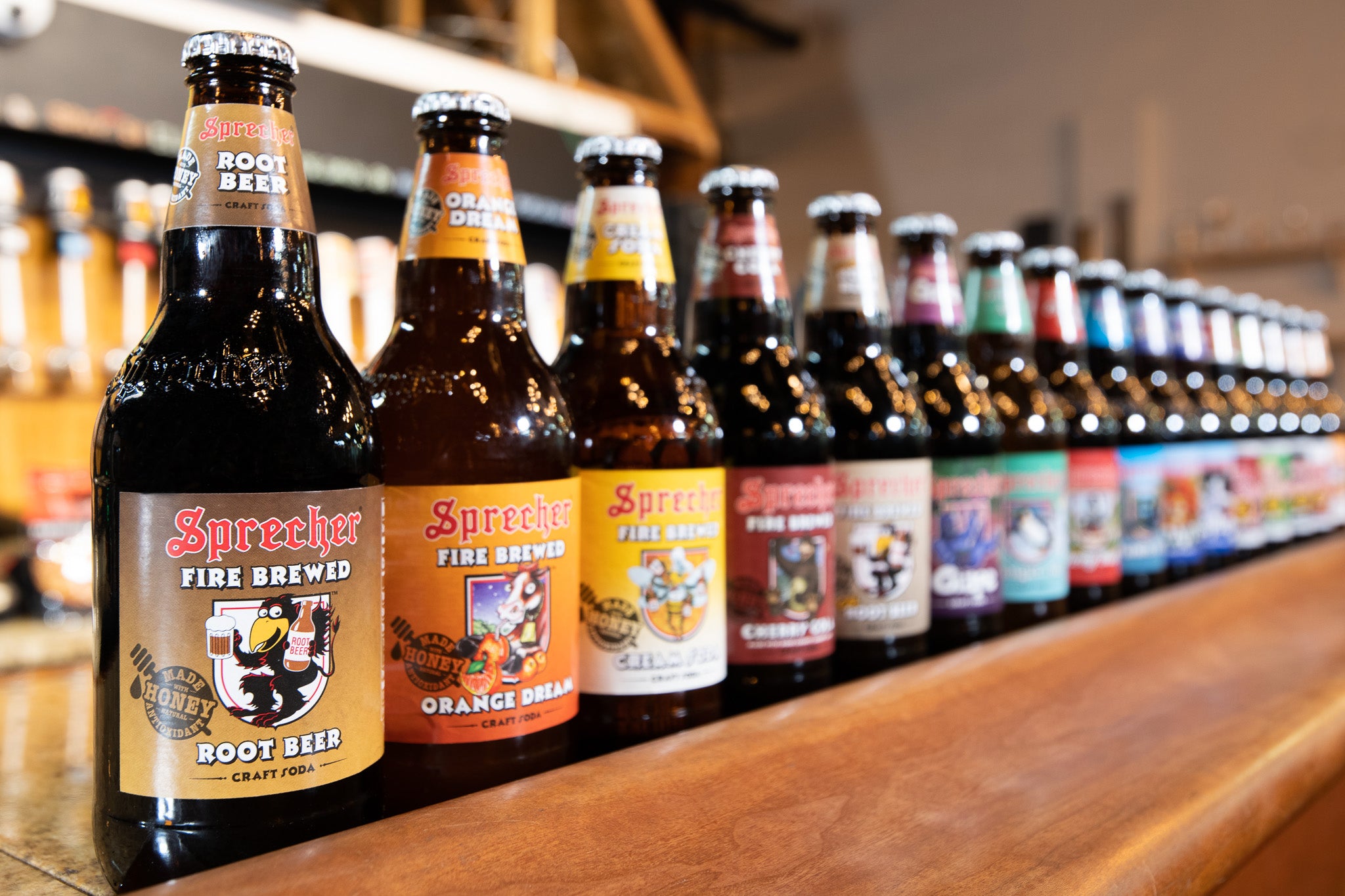Seawall Bar: Top-Rated Beach Pubs in Galveston
Grasping the Craft of Distillation: a Deep Dive Into Distillery Traditions
Discovering the detailed art of distillation introduces a world steeped in classic traditions that have formed the spirits we take pleasure in today. From the old beginnings of distillation techniques to the contemporary advancement of distillery tools, each action in the procedure brings with it an abundant tapestry of background and know-how. As we look into the fragile equilibrium of conventional versus contemporary distilling techniques and discover the relevance of crucial components, a much deeper understanding arises of the extensive impact distillery customs carry the spirits we appreciate.
Origins of Distillation Methods
The growth of purification strategies has an abundant background that traces back to old worlds. The beginnings of purification can be connected to very early human beings such as the Mesopotamians, Egyptians, and Greeks. These ancient societies used fundamental purification methods for perfumery, medicine, and generating alcoholic beverages. The idea of separating components based on their different boiling points laid the structure for the innovative distillation procedures we have today.
The earliest evidence of distillation go back to around 3000 BC in Mesopotamia, where clay pots were used to boil down perfumes and fragrant oils. The Egyptians better advanced these strategies, making use of purification for embalming methods and medical purposes. The Greeks, notably figures like Aristotle and Hippocrates, added to the academic understanding of distillation.
In time, distillation spread to areas like India, China, and the Center East, each society including its one-of-a-kind touch to the craft. The evolution of purification strategies proceeded via the Center Ages and the Renaissance, eventually resulting in the varied range of purification procedures used in modern-day distilleries worldwide.
Advancement of Distillery Tools

With developments in innovation and a much deeper understanding of the distillation process, modern distilleries currently utilize a range of innovative tools to create spirits of the finest. Today, distillation tools consists of column stills, reflux stills, and crossbreed stills, each developed to satisfy specific purification requirements. These contemporary stills supply much better temperature level policy, raised distillation precision, and greater performance in dividing alcohol from impurities.
Along with stills, distilleries currently make use of sophisticated condensers, fermenters, and filtration systems to additional refine the distillate. The evolution of distillery equipment remains to play an essential role fit the varied variety of spirits available out there today.
Conventional Vs. Modern Distilling Practices
Alternatively, modern distilling techniques leverage cutting-edge technology and technology to improve production processes and improve uniformity. Automated systems, computerized controls, and advanced equipment enable modern-day distilleries to generate spirits a lot more effectively and with higher accuracy.
While conventional distilling practices are treasured for their heritage and the unique tastes they produce, modern-day techniques offer benefits in terms of scalability, quality assurance, and sustainability. By integrating clinical developments and modern engineering, distillers can optimize manufacturing, lower waste, and meet the demands these days's market much more efficiently. Eventually, the selection between conventional and contemporary distilling practices usually depends upon the distillery's goals, worths, and target audience.
Trick Active Ingredients in Purification Process
Within the craft of purification, the selection of key active ingredients plays a vital duty in establishing the taste account and high quality of the spirits generated. The key active ingredients utilized in the purification process are usually water, yeast, and a fermentable resource such as grains, fruits, or sugarcane.
Water is a basic element as it not just dilutes the alcohol web content to a tasty level yet additionally impacts the general mouthfeel and structure of the spirit. The quality and mineral material of the water made use of can dramatically affect the final product.
Yeast is an additional important ingredient that transforms the sugars present in the fermentable source into alcohol with the procedure of fermentation. Various strains of yeast can create differing flavors and fragrances, contributing to the one-of-a-kind characteristics of the spirit.

Impact of Distillery Traditions on Spirits
The impact of longstanding distillery traditions on spirits prolongs beyond the selection of crucial components, forming the extremely essence and character of the last distilled products (Distillery in Galveston). These customs, gave via generations, play a vital function in specifying visit their website the special taste accounts and qualities that distinguish one spirit from one more
Distillery practices incorporate a variety of methods, from the details strategies utilized in purification to the selection old procedures employed. As an example, using conventional copper pot stills in bourbon manufacturing is thought to give certain flavors and characteristics that are highly valued by aficionados. The aging of spirits in oak barrels, a method deeply rooted in distilling customs, adds to the growth of complicated fragrances and flavors over time.

Verdict
To conclude, the practices of purification have a rich background that has actually evolved in time. From the origins of purification techniques to the modern-day practices, the influence of distillery practices on spirits is obvious. By comprehending the crucial ingredients in the purification procedure and the advancement of distillery equipment, one can value the craftsmanship and artistry that goes into developing premium spirits. Distillery customs play an essential role fit the spirits sector and protecting the heritage of distillation methods.
Throughout the history of purification, the equipment utilized in distilleries has undergone significant development to enhance effectiveness and quality of the purification process.With innovations in modern technology and a deeper understanding of useful source the distillation procedure, modern distilleries now use a selection of advanced tools to generate spirits of the highest possible high quality. Today, distillation devices includes column stills, reflux stills, and hybrid stills, each designed to provide to particular purification needs. From the beginnings of distillation techniques to the modern-day practices, the effect of distillery customs on spirits is indisputable. Distillery traditions play an important why not check here role in shaping the spirits sector and protecting the heritage of purification techniques.